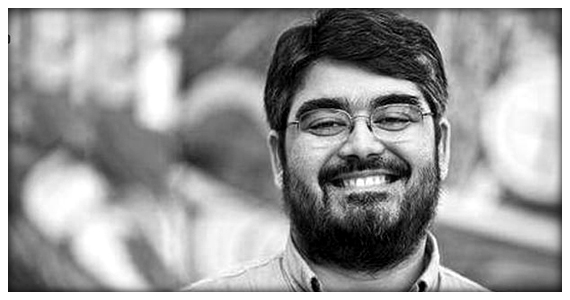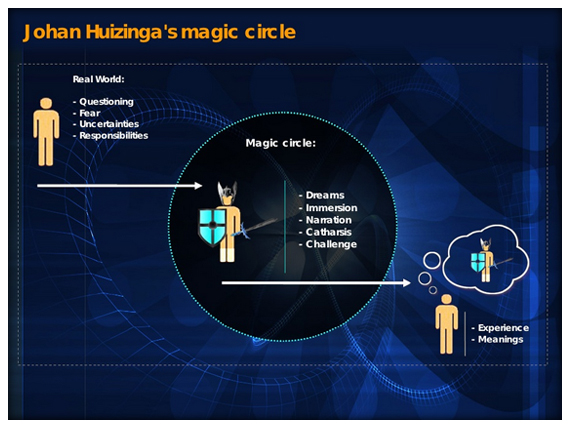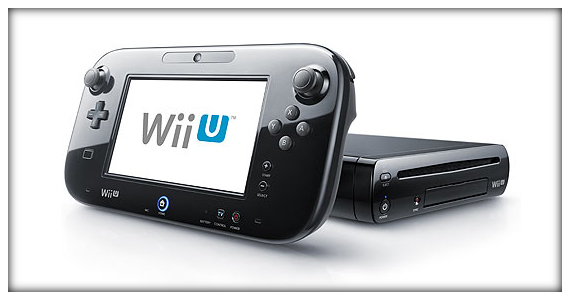Raph is one of my favorite authors. There are two excellent quotes from his book "A Theory of Fun for Game Design":
"When you're playing a game, it exercises your brain". (p.39)
"Since different brains have different strengths and weaknesses, different people will have different ideal games". (p.105)

About the author:
Raphael "Raph" Koster (born 7 September 1971) is an American entrepreneur, game designer, and author of A Theory of Fun for Game Design. Koster is widely recognized for his work as the lead designer of Ultima Online and the creative director behind Star Wars Galaxies. Since July 2006, he has been working as the founder and president of Metaplace (previously operating as Areae and acquired by social gaming company Playdom in 2010) producing an upcoming platform for online games also called Metaplace.
Reference:
KOSTER, Raph. A theory of fun for game design. Arizona: Paraglyph Press, 2005.
"When you're playing a game, it exercises your brain". (p.39)
"Since different brains have different strengths and weaknesses, different people will have different ideal games". (p.105)

About the author:
Raphael "Raph" Koster (born 7 September 1971) is an American entrepreneur, game designer, and author of A Theory of Fun for Game Design. Koster is widely recognized for his work as the lead designer of Ultima Online and the creative director behind Star Wars Galaxies. Since July 2006, he has been working as the founder and president of Metaplace (previously operating as Areae and acquired by social gaming company Playdom in 2010) producing an upcoming platform for online games also called Metaplace.
Reference:
KOSTER, Raph. A theory of fun for game design. Arizona: Paraglyph Press, 2005.




